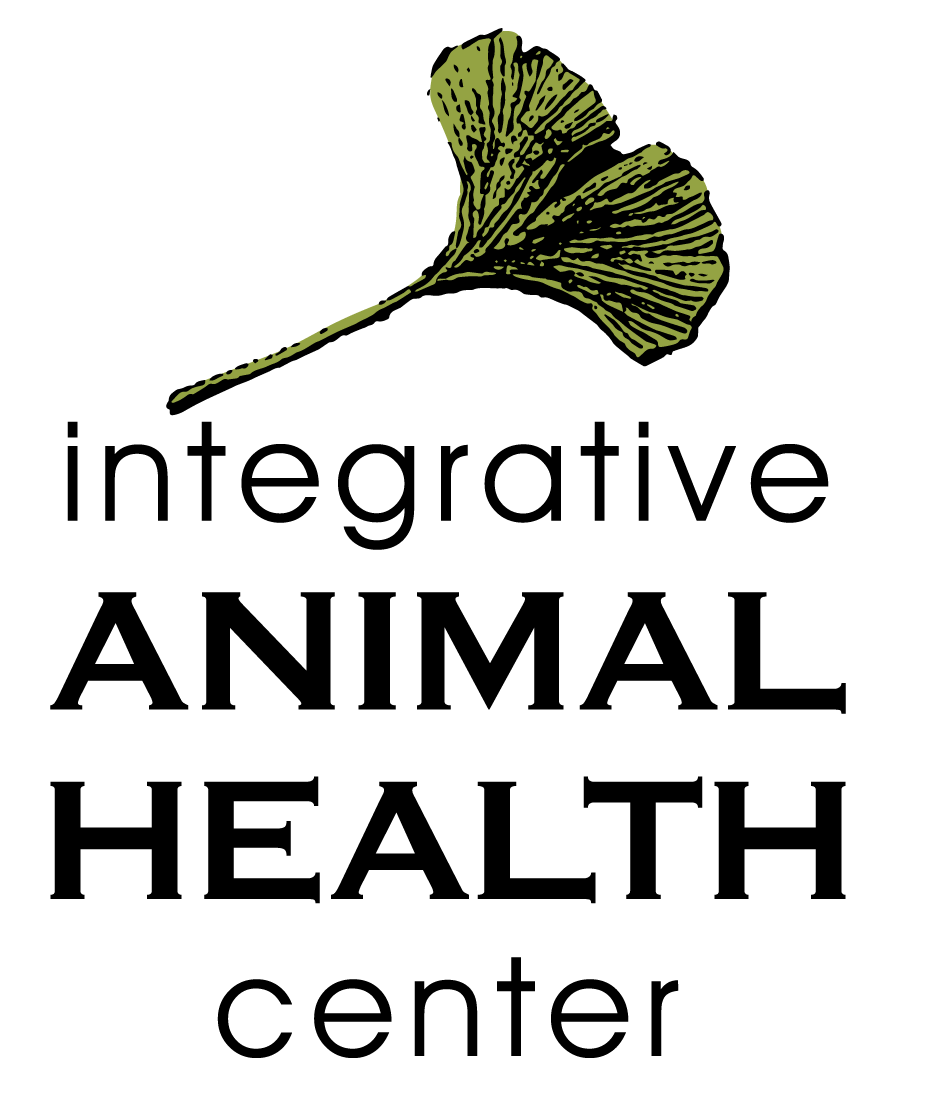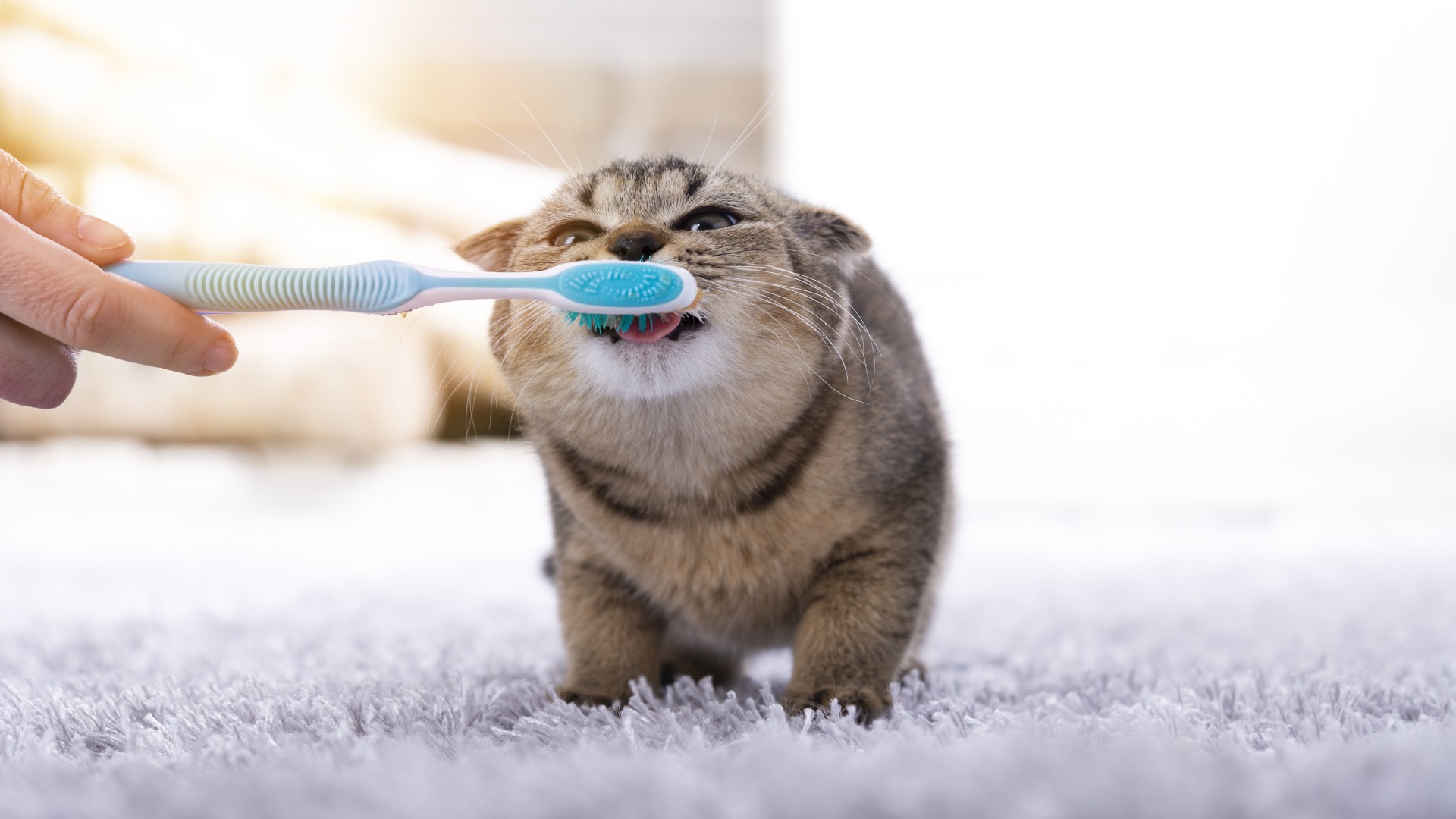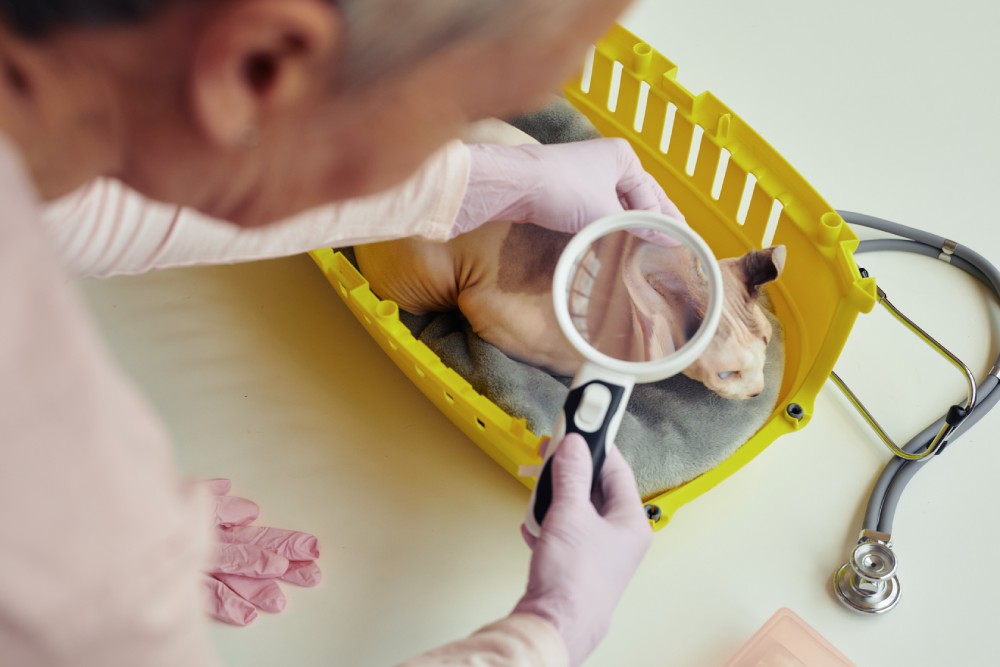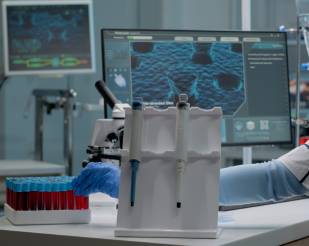Pet Surgery, Digital X-Ray, Dentistry & Surgical Instructions
When your pet is scheduled for surgery, you want to know the process. The following information is provided to help you understand the procedures.
Pet Surgery, Digital X-Ray & Dentistry
Complete surgery, digital x-ray, dentistry, and digital dental x-rays are available in our modern facility. In addition to traditional medicine, acupuncture analgesia, and reiki are available during anesthesia, surgery, and recovery. IAHC takes special care during the surgery process with recovery technicians on hand and utilizes Bach Flower Rescue Remedy for the patient during recovery.
Day Surgery
All procedures performed at IAHC are considered a day surgery. We will admit your pet in the morning and evaluate them to ensure they are healthy for anesthesia. The procedure will be performed, and your pet will be discharged in the late afternoon after sufficient time for recovery. At discharge, a technician will go over all your pet’s medications and post-procedure instructions.
Please notify either receptionist at the time of scheduling or the admittance staff on the morning of the procedure if there are any time restraints. Due to the unknown time of procedures, a discharge time cannot be determined until the patient has awakened from anesthesia.
Pre-Surgical Instructions
- No food after Midnight the evening prior to surgery
- Water may be left out until the morning
- Please walk your pet prior to admittance
- A member of our surgical team will call you the day prior to surgery to discuss a drop-off time which typically ranges between 7:30-8:30 am.
Dental procedures that require extractions will need to be fed a soft food diet for 7 to 14 days post-dental or dry food that has been soaked in hot water and left for about an hour to soften up prior to feeding. While some pets are on a raw diet, we do not rec after extractions due to potential bacteria.
Home Care and Recovery
Your pet will be able to walk out of IAHC at discharge, but may still be slightly sedated. They will need time to recover and may want to just rest when they get home. stairs should be avoided during this time.
IV Catheter Bandage
There will be a small bandage placed as a pressure wrap over the IV catheter site after surgery. This bandage MUST be removed about 2 to 3 hours after discharge. A small tab in the colored vetwrap will make it easy to remove.
Water
After arrival at home, a small amount of water may be offered. After 30 minutes to 1 hour, the water bowl may then be filled. Please do not allow your pet to drink too much at once to minimize the possibility of vomiting.
Food
Feedings can be started after the initial water. Please start with a small amount, and you can work up to about 1/2 their normal amount of food. You can return to their normal amount the following morning.
Exercise Restriction
This will depend on the surgery that was performed. You will be given personalized instructions at discharge that will discuss the amount of restriction needed. Most surgeries require a leash walk only (no outdoor free running) for 7 to 14 days. Please try to minimize running, jumping, and stairs. We also do not recommend playing while at daycare or any agility, training, or other competitive shows right after a procedure.
Surgical Instructions & Your Options
Thank you for giving us the opportunity to care for your pet. We’ll be happy to answer any questions you have about your pet’s surgery. To ensure the best care possible, we want you to know the process.
Pre-Anesthetic Blood Screen
The blood screening amplifies a general physical examination. It analyzes fully and objectively your pet’s vital organs: kidney and liver functions, cell types, and ability to handle anesthesia. It creates a necessary and vital baseline for any future ailments.
- Pre-anesthetic blood work is mandatory for pets at 4 – 7 years, depending on the size of the patient
- Pre-anesthetic blood work is highly recommended for all patients receiving anesthesia less than one year
- pre-anesthetic chest and abdominal screening radiographs may be recommended depending on the patient’s size and age.

Pet Microchips for Cats and Dogs
Elective
We can implant a small microchip today. The microchip is implanted in the midline, around the shoulder, using a syringe.
It is not a pet tracking system but a pet recovery system provided by Home Again. A scanner is used to scan the embedded chip, and a number unique to your pet is displayed. Most veterinarians, shelters, and animal control offices have these scanners. When your lost pet is found, Home Again will contact you.
Pre-Anesthetic Physical Exam
A pre-anesthetic physical exam is performed. The part of this exam will check for heart murmurs, heart arrhythmias, and lung performance/infections. You will be notified of any irregularity which may or may not require further diagnostics or rescheduling of the procedure.
Ready for Anesthesia
When it is determined that your pet is ready for anesthesia, the medication will be administered by an injection suitable for your pet. This will reduce stress and offer pain control
- Intravenous IV Catheter
A catheter is inserted to initiate medications quickly, safely, and comfortably. This will also provide a port for IV fluids to be administered throughout the procedure. - General Anesthesia
General Anesthesia is induced specifically tailored for your pet. We use anesthetic protocols designed to be as safe as possible. Once your pet is unconscious, an endotracheal tube is inserted, and inhalants are introduced to maintain a surgical plane of anesthesia. Sevoflurane, a very safe anesthetic also used on humans, is used at IAHC. During anesthesia, a multi-parameter monitor will be used to evaluate heart rate and ECG, blood pressure, temperature, oxygen levels in the blood, and carbon dioxide levels. A trained surgical technician will also be providing personalized care throughout the process.
Preparation & Surgery
The pet’s fur is clipped around the surgical site, and the entire area is scrubbed to reduce the likelihood of infection. Your pet is placed on a re-circulating hot water blanket to maintain body temperature and transferred to the surgical suite. The doctor conducts a thorough sterile surgery prep to preclude any contamination. The surgical procedure is performed. The body wall is closed with layers of suture material. Additional pain management medicine is administered to ensure a calm and painless recovery.
Recovery
The inhalant anesthesia is eliminated while the oxygen supply remains. Most pets regain reflexes within minutes. When your pet is able to swallow, the endotracheal tube will be removed. Your pet is then moved to the recovery area, placed on an insulated pad, and monitored until discharge from IAHC.
Procedure Cost Estimates
Estimates for any/all surgical procedures will be provided to you before a procedure is scheduled. All IAHC staff members will be happy to answer any questions. Full payment is required on the day of the procedure



